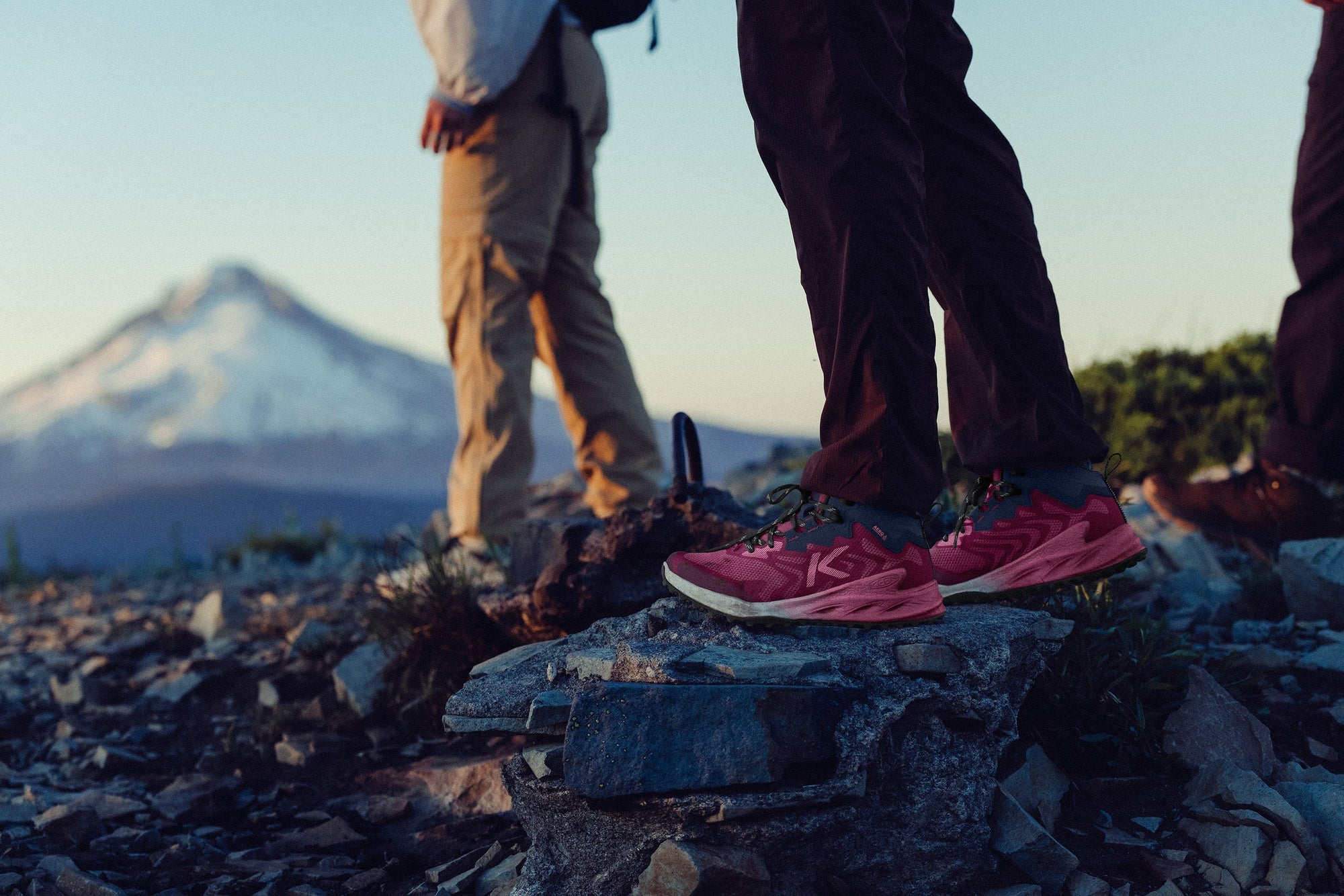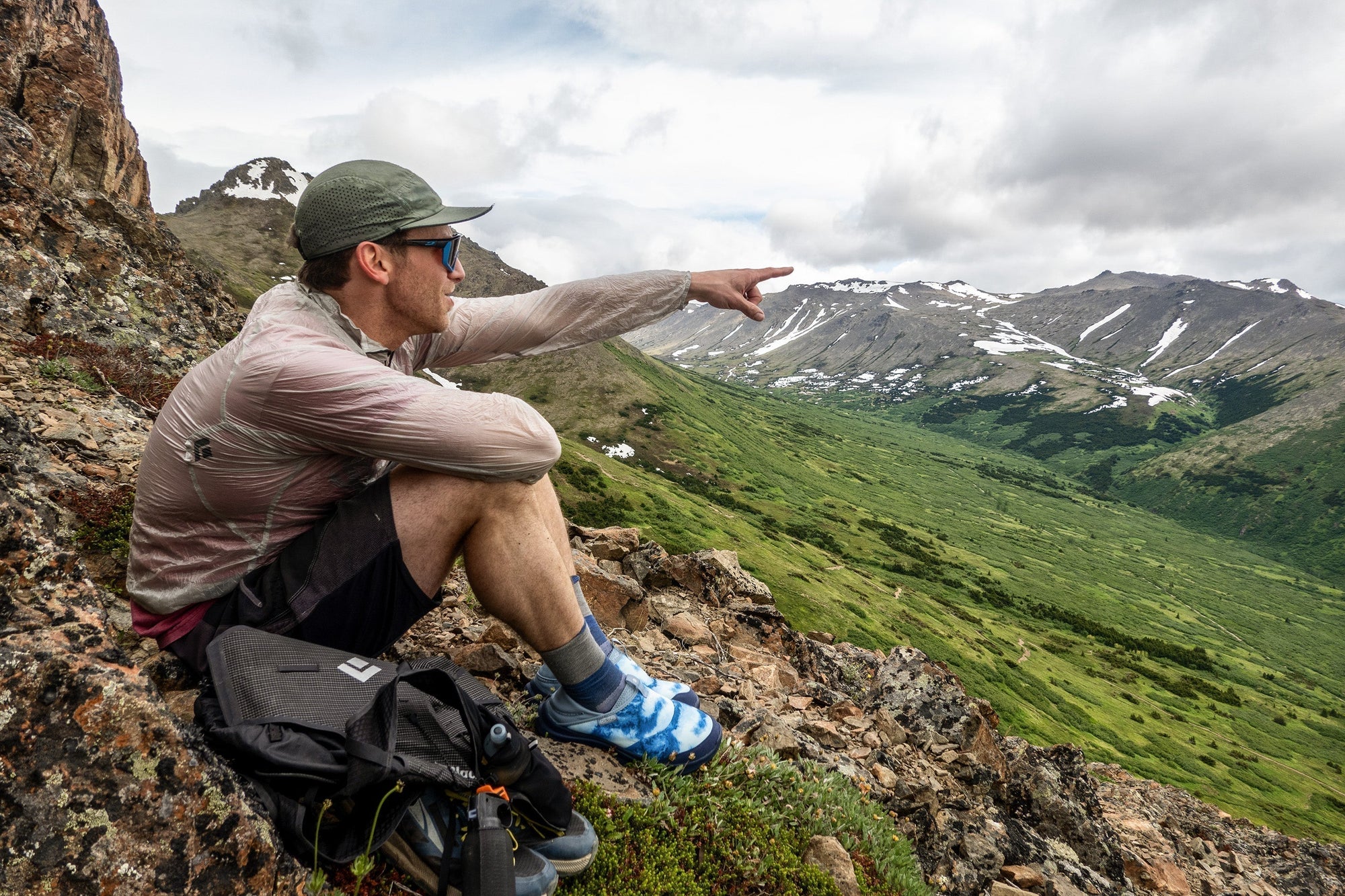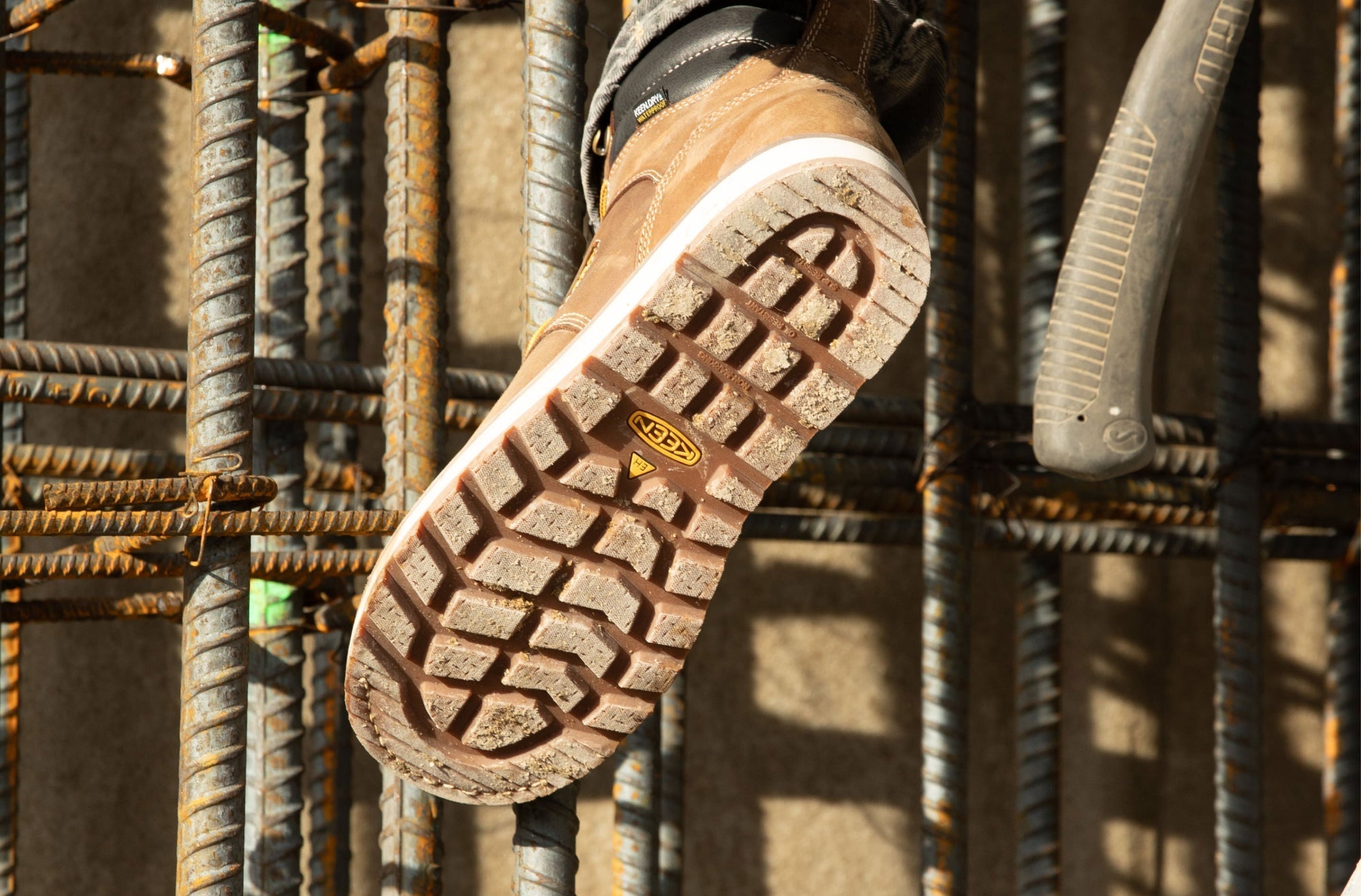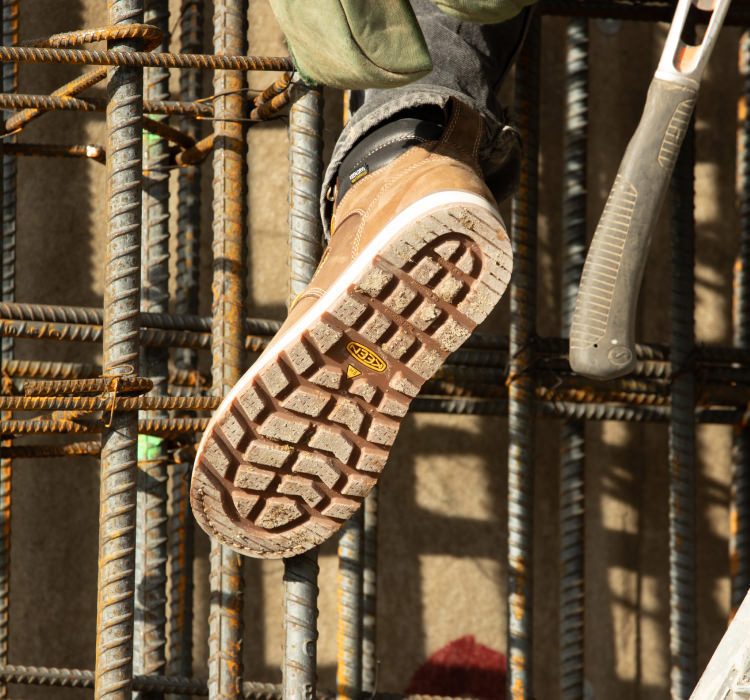A couple of birthdays ago, my husband gifted me a farmer Jane wetsuit so I could use my stand-up paddleboard (SUP) in the off-season — a season that lasts FOREVER here in Oregon.
Now, I don’t mind running and hiking in wet, cold weather, but I am pretty much a fair-weather athlete for most everything else. Snowboarding, SUPing, golfing, disc golfing, pickleballing … I definitely prefer the sun to be out and the winds calm. But I really love spending time on the water on my paddleboard, and I hate being away from it from September/October until sometime in April or May. I had the wetsuit, and I picked up gloves and booties here and there so I’d be ready. But I was still apprehensive…
...until my local paddleboard group organized a winter toy drive paddle, complete with silly costumes and onesie pajamas. (It even made the news.)
It’s always easier to try something new with other people who know what they’re doing — especially when wearing a fleece onesie. The day was cold and rainy (but thankfully not windy), and it was kind of magical being the only ones out on the water on such a moody day.


I learned a lot on that first paddle earlier this winter and have fine-tuned my gear to get back out there. Full disclosure: I still choose the nicer weather days. ;) If you’ve been wanting to extend your SUP season, too, here are some tips to get started:
1. Dress for falling in. (Yes, even if you never fall in.) In many parts of the country from fall to spring, that means wearing a wetsuit or drysuit. Paddleboarders follow the “120 rule” when it comes to clothing. If the sum of the water temperature and air temperature is less than 120, it’s wetsuit or drysuit time. Paddlers in my local group like wearing a farmer John or Jane neoprene wetsuit (like overalls) so you can fine-tune your layers on top. It’s also less bulky for paddling. I wear layers of synthetic shirts, so I can adjust as needed.
2. Keep your hands and feet warm. I was so worried about keeping my body warm if I fell in that I didn’t really think about how cold my feet and hands would get outside the water. I wore .5mm neoprene socks inside my Newport sandals, but that wasn’t quite thick enough to keep my feet warm with temps in the 30s. Folks recommended 5mm booties when it's that cold. My hands were the coldest part of my body, because I wore fingerless paddling gloves (duh). I realized pretty quickly that I needed full neoprene gloves for those conditions. I’ve since picked up 2mm gloves for extra warmth but still thin enough for good dexterity for paddling. Grip is key, so test that out before purchasing.
3. Always wear a PFD and leash (quick-release if you're on moving water). It’s even more critical in winter due to the risk of hypothermia.
4. Pack dry clothes and blankets (and maybe some hot drinks or soup) and leave them in the car. My après clothing of choice: my Rumpl puffy poncho and Howser slip-ons. Ahhhh!
5. Bring a yoga mat for standing on while changing. Or any kind of mat or blanket that can get wet but keep your feet dry when you are pulling your wetsuit on and off.
6. Inflatable SUPs take longer to dry. Less daylight and less sun mean you’ll probably need to dry out your board (and leash) inside before you store it away. A fan can help speed up the process.
7. Practice falling in during the summer, so you can get back on your board quickly if it happens in the winter. I plan to do more of that this summer.
Once you’ve got your gear, see if there are any local SUP groups in your area so you can get out there safely with others … and learn a few tips and tricks of your own. Happy off-season, uncrowded paddling!













